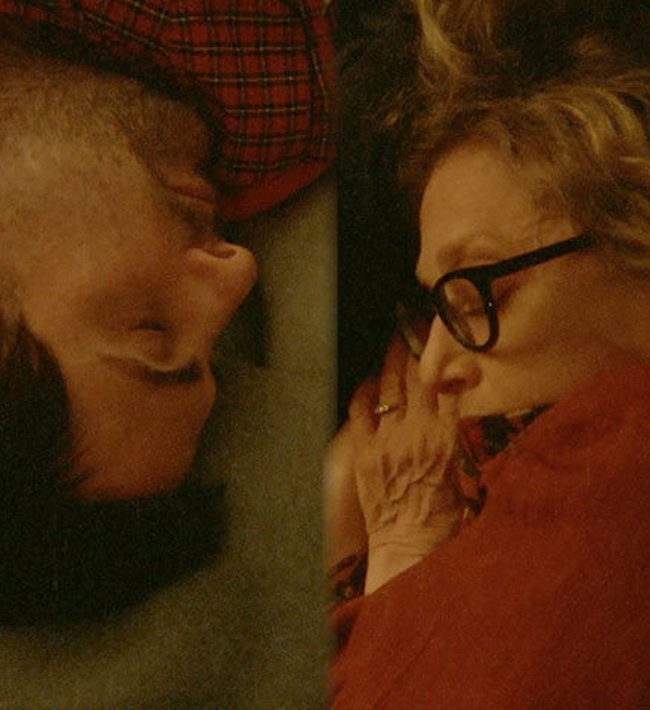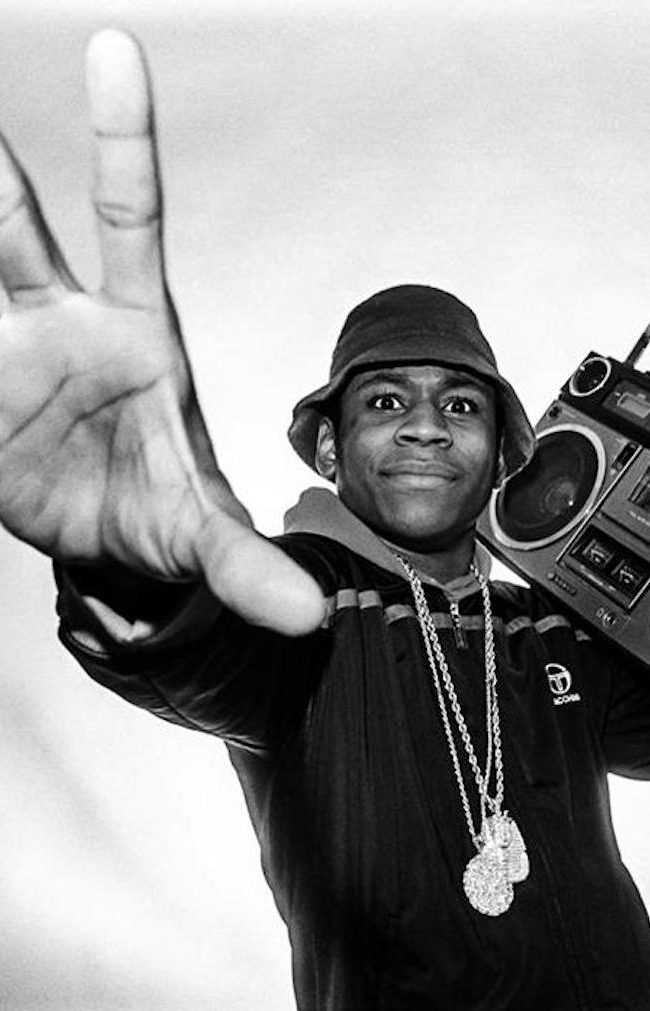Funny and brooding, an understated menace builds throughout John Magary’s terrific short film The Second Line. It resolves itself in violence, as these things tend to in cinema, but Magary shows us none of the horrors of retribution, as his interests lie in aftermaths. Magary meditates on a pair of young black men, displaced from the Lower Ninth Ward, both victims and perpetrators of petty crimes to get by, and shows us what happens after tragedy, how people cope with it and how they don’t. Ultimately, after it has coaxed you into comfort by the homespun warmth of the opening scenes, the film’s final passages unearth a shattering insight: what most defines you is who you are at the worst of moments.
The selfishness, resentment and good humor that is represented among the denizens of the Lower Ninth are all part of the same continuum of emotions in this milieu, one that, as captured by this prodigiously gifted young filmmaker, feels well lived in, if at times slightly inauthentic. Victims, but not without agency, the film stars Al Thompson (Liberty Kid, The Royal Tenenbaums) and J.D. Williams (The Wire, Oz), two of the brightest of young black New York actors, as a pair of day laborers. Largely out of work, they struggle to get by, but are privy to strong matriarchs each, even if they clearly are the most prominent male figure in each of their households. Thompson’s MacArthur awakens to his FEMA trailer being robbed by a passerby who gets away with a jar full of MacArthur’s cash. The psychological toll of this relatively small thievery will pay off later, in full force (don’t worry, no spoilers lie ahead).
Later that day, while trying to hotwire one of their girlfriend’s cars in order to look for work, the pair are discovered by a portly, polo shirt wearing white man who claims he has a job for them. He drives the two young men in a beat up white convertible through the decimated New Orleans streets, the film’s rhythm and texture immediately taking on a darker hue.
They agree to gut the man’s one-story house for ninety dollars apiece; or so they think. To say more would blunt the impact of what occurs, but things don’t end well for anyone involved, and as the film wears on, one is struck by the delicacy of Al Thompson’s performance. The turn may happen a bit quick for some, but Magary’s sharp writing allows MacArthur to fall prey to his worst natures through indignity after indignity, his fury a slowly building cauldron that can no longer contain itself by the film’s climatic moment, which reaches maximum emotional impact in large part due to Magary and ace Columbia cinematographer Chris Teague’s wise decision to distance us from the violence, allowing our imaginations to do the dirtiest work.
Magary waltzes his way through the story of a good deed gone tragically unreturned with a gentle hand, thanks largely to the restraint and gentle dynamism of Teague’s lensing, Kai Gross’ marvelous score and sound design (tinged with the melancholy horns of New Orleans jazz), and, perhaps most importantly, the absolute commitment of his performers.
Nearing the end of its festival run, the excellence of The Second Line has not escaped festival programmers. After it bowed in Edinburgh last year, it went onto Sundance and Tribeca, deservedly won a shorts prize at the SXSW 2008, and was a national finalist for the Student Academy Award. Magary is currently at the Sundance Director’s Lab with his new project, Blood Abundance, or the Half-Life of Antoinette; if it turns out to be half as good as his debut, we’re all in for a treat.
— Brandon Harris











